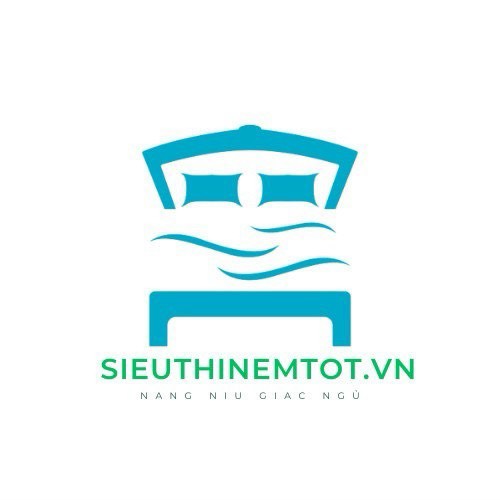IT Education
How to Choose Fonts for Your Brand: The Comprehensive Guide for Designers
Designers who want to refine their type selection skills can work on practice projects, such as choosing a new typeface for a well-known brand or a fictional project. Then, when faced with real-world projects, they’ll be more confident in their skills and choices. Display fonts that look amazing in larger sizes can become illegible at smaller sizes.
- Alternatively, thin and stylized sans serif fonts communicate an elegant, sophisticated and expensive personality.
- Check out this fun article on 25 classic fonts that will last a whole design career.
- The best way to view this rule in action is to take all the random coins you collected in your last trip through Europe and dump them out on a table together.
- Once you have a pairing that works well with your content, it’s time to use your fonts to establish a clear visual structure.
- Examples of typefaces include Helvetica, Times New Roman, and Arial.
Because of this, having a simple and light font makes a good contrast. Display fonts are the broadest category of fonts, and can range from highly stylized retro fonts, to illegible symbol fonts. Display fonts are not suitable for body copy, but can make a lasting impression when used in logos and to emphasize main headers.
Tone and brand identity
You can also choose a font with various stylistic alternates and variability options if you want to transform the font to your liking. Technically advanced, quality fonts will help you add variety to the design and make it truly unique. Sans serif typefaces do not have serifs (the French word sans, means “without”). These typefaces are more modern, bold, and great for eye-catching headlines. One of the most popular sans serif typefaces is Arial which is a copycat of Helvetica. Our main brand fonts here at Flux are two san serif typefaces.
No matter what you are designing, you should have a main font. When it comes to web design, most likely this will be used in your title or headline text. It’s meant to be an accent, to stand out, and influence the mood of your design. It doesn’t really matter what type of font it is, but knowing the first one will help you choose your second. Now that we understand what a typeface and a font are, what is typography?
Tips and Considerations When Choosing a Typeface (with Infographic)
Fonts that are perfect for use on the web might not translate well to use in print, and vice versa. Fonts like Georgia that were designed specifically for readability on low-resolution screens aren’t as well-suited to print work as a font like Book Antiqua might be. The right typeface can make a design, while the wrong one can definitely break it. Experimentation and practice are both important to mastering typeface selection. But there are a few things designers can keep in mind to make typeface selection easier and more focused.
You can use them as your brand fonts as they are usually better for headers and logos. In this section, we’ll discuss 6 major types of fonts and the message that each type conveys about your brand. We’ve also included some logo templates that you can customize using these fonts. However, picking the right brand fonts can seem like an impossible dark art if you have no design experience.
The Forbidden Fonts
Employ font smoothing or antialiasing techniques, such as -webkit-font-smoothing or -moz-osx-font-smoothing, to improve the appearance of fonts on screens. Implementing effective font-loading strategies can prevent choosing fonts for website layout shifts and improve website performance. Design responsive websites faster with UXPin’s advanced prototyping features. Sign up for a free trial to create your first interactive prototype with UXPin.
A standout font can help to create an atmosphere, capture an audience’s attention, and convey the right message. So, there’s no denying that choosing the right font for your business or project is crucial. It’s important that all visual elements—not just typefaces—match and support the impression the brand wants to give to the public. Not every website or design project will be translated into multiple languages.
How to Choose Fonts for Your Brand: The Comprehensive Guide for Designers
As you read through these factors, you’ll realize that they overlap a little. For instance, with one typeface and one text you can evoke a mood of excitement or panic. The typeface itself first evokes a strong reaction, but the readability of the design and the text itself can take communication to another level. Just like choosing a color palette, it can be easy to get carried away with all the options available to use for your design.
Each of these fonts available on the market will make your designs stand out. These thin-line fonts perfectly match various printed media and digital projects. If you want to use several typefaces, determine the function of each of them. Decide which font will attract attention and which should handle the practical functions.
How do you weigh a font’s functionality versus its design features?
Well-crafted typography enhances the visual hierarchy, guiding users through a user interface while reinforcing the message and brand identity. But, knowing how to choose the right font can take experience – and a few mistakes along the way. Keeping these tips in mind for any design project can make choosing a typeface a much smoother process.
The visual hierarchy established by the font choices helps us quickly make sense of text. Other than in the logo, you might also be using your brand fonts to design marketing visuals like flyers, posters, business cards, brochures and more. So, there will be different text objects such as headings, subheadings and body text.
Your right brain knows it but your left brain can’t understand why. You would of course do well to get informed about the typefaces in your arsenal, especially if you keep using them over and over. You may discover that your use of a typeface has nothing to do with its original intent, but it can still look great. In this example, we’ve created two combinations of typefaces. The first one, Lithos and Souvenir, create an aesthetic more suited to a children’s museum than a bank.




